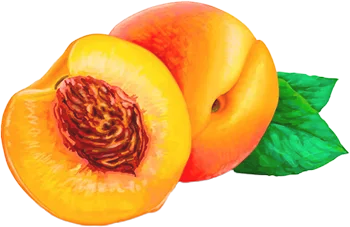I don’t follow professional sports too closely, but a friend recently sent a question that caught my interest:
If I get you the data, can you tell me how likely the historical NBA draft lottery [winner] results are? I feel like what’s happened is statistically impossible.
I wasn’t familiar with the NBA draft, but here’s the basic idea: each year, the teams that miss the playoffs enter a weighted lottery. Teams with worse records get better odds, but only the top four picks are randomized. The rest follow the standings.
Since each year’s winner is a low-probability random draw, any full sequence of lottery winners is technically unlikely. What matters is whether the observed sequence is more unlikely than we’d expect under the rules.
To answer that, we need to understand the space of possible outcomes. That’s hard to model analytically — the odds and structure change year to year — but it’s relatively simple to simulate using the published pre-lottery odds. By running simulations, we can define what counts as “especially unlikely” in statistical terms.
Simulate it!
To test whether the historical lottery results are unusually unlikely, we treat the full sequence of outcomes as a test statistic. Under a “null” model, where each year’s result is drawn using the official pre-lottery odds, we simulate many alternate histories and compute the same statistic for each one.
Let’s use the log-likelihood of the sequence as our test statistic:
log(P(outcome)) = log(p₁) + log(p₂) + ... + log(pₙ)Each pᵢ is the probability that the actual winning team in year i was
selected, according to the published odds for that year. We sum the logs of
these probabilities to get a single number for the whole sequence.
Using the log-likelihood (instead of multiplying the raw probabilities) avoids numerical underflow and is easier to interpret: more negative means less likely.
For example, here’s a subset of the observed outcomes:
| Year | Winner | Probability |
|---|---|---|
| 2025 | Dallas Mavericks | 0.018 |
| 2024 | Atlanta Hawks | 0.030 |
| 2023 | San Antonio Spurs | 0.140 |
| 2022 | Orlando Magic | 0.140 |
| … | … | … |
Summing across all years gives the log-likelihood of the real sequence. -91.95.
By comparing that to the distribution of log-likelihoods from simulated histories, we can ask: how surprising is it, really?
It it rigged?
The log-likelihood of the actual lottery results (-91.95) gives us a single number summarizing how likely the observed sequence is under the official rules. To put that number in context, I pulled lottery odds from 1986 to 2025 using RealGM and wrote a script to collect them into a single dataset.
I ran 1,000 simulations of the draft lottery, computing the log-likelihood each time. That gives a distribution of possible values under the lottery model — plotted with my favorite (and criminally underrated alternative to a histogram): the eCDF.
The observed log-likelihood (orange line) falls well within the distribution: about 12% of simulated outcomes were less likely than the real one under the null model.
In other words, the actual sequence is unusual, but well within what we’d expect by chance. So no, I (sadly) don’t think the league is rigged. Would have made a fun story.
Note
The code to reproduce this analysis is available in a marimo notebook.
If you’re curious, the statistical approach used in this post is largely based on the idea that there’s only one test, as explained by Allen Downey: define a test statistic, simulate under a null model, and see where the real outcome lands.
Update (2025-05-26): Sent this to my friend. His reply - “Try crunching the numbers again.”
